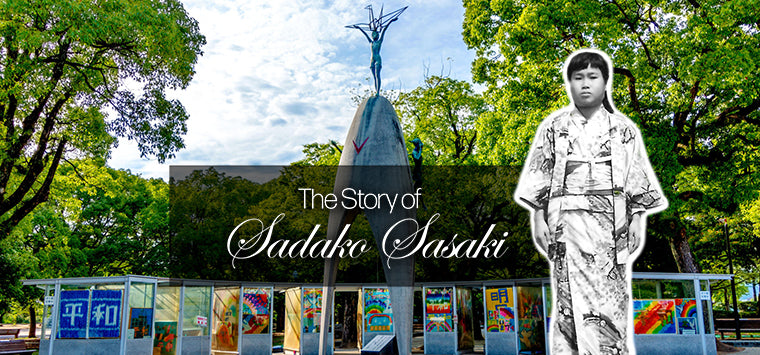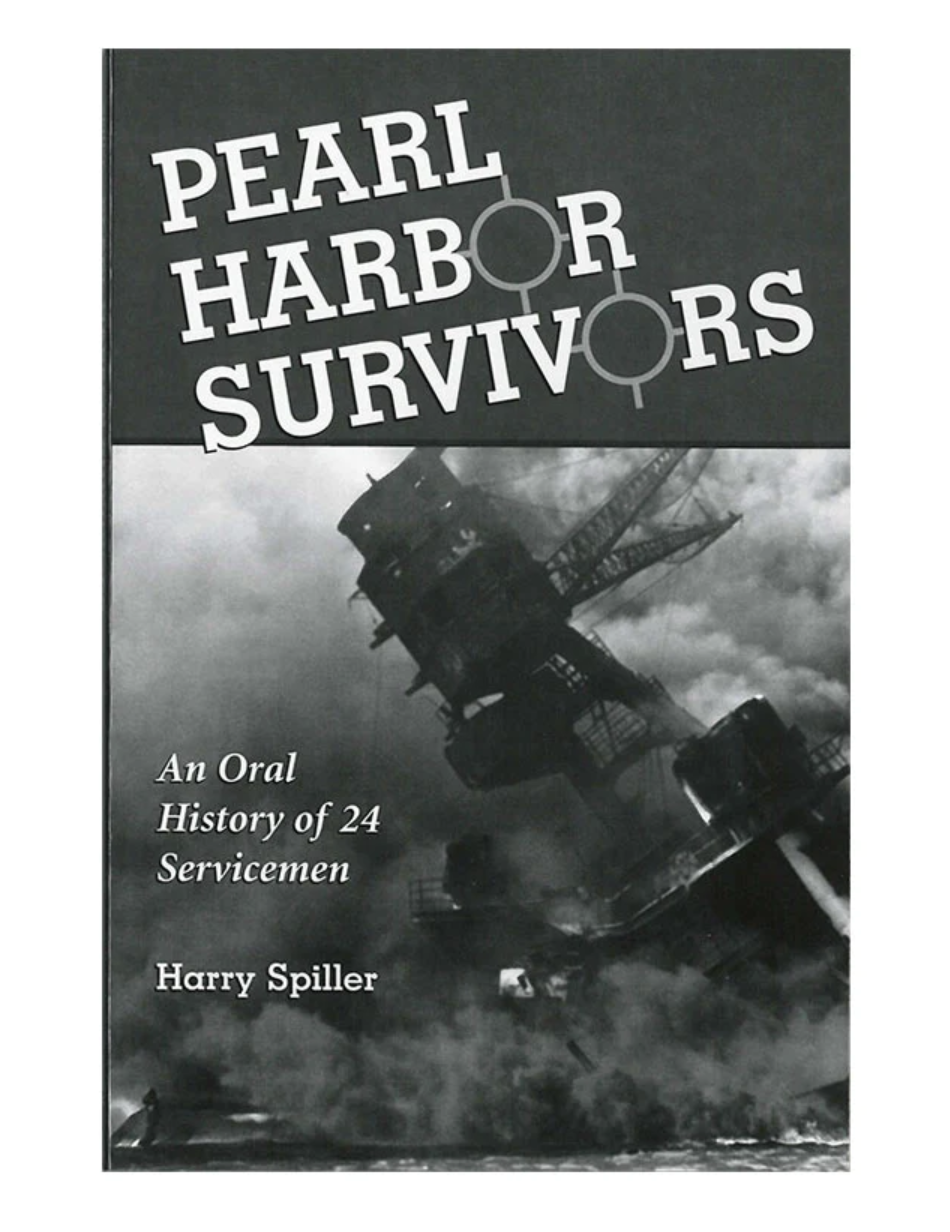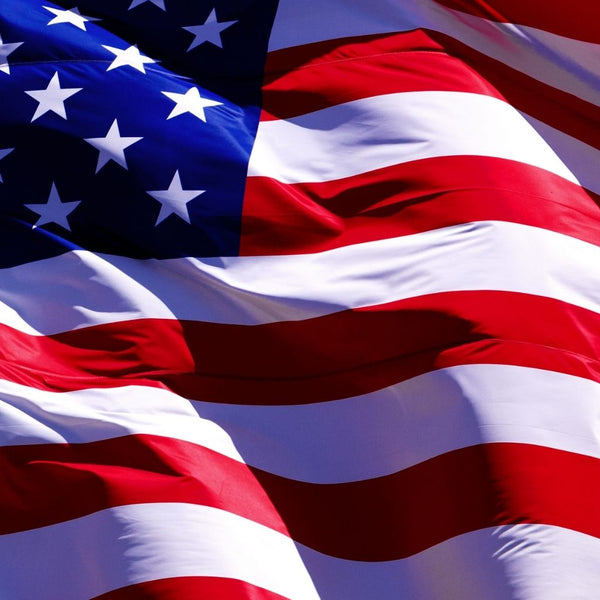Your Cart is Empty
Love my Pearl Harbor shot glass
I’m collecting shot glasses from the 50 states. I was in Hawaii several years ago and wasn’t collecting them at the time. So I had to order it online and they did not disappoint.
Awesome Opportunity
We were planning a trip to Hawaii and came across the Pacific Historic Parks website. I noticed that they offer a flag that will be flown on any day of the year. My Son-In-Law lost his Mother & Aunt in a accident on December 7, 2017. I thought this would be an awesome gift in honor of them. I wrote a letter of the circumstances to let them know why this was such a wonderful opportunity to honor a loved one. We gave the Flag to him on Christmas and it was very emotional. It came with a certificate that stated when it was flown and in honor of his Mom and Aunt's names.
84th anniversary tee shirt
This is a really nice tee shirt with a very meaningful depiction. I am planning to wear it when I go to the Arizona Memorial in a few weeks.
Our Flag is a perfect gift
I purchased a flag as a gift for my son who is very patriotic. The Flag was flown over the Arizona on December 7, 2025 and arrived in time for Christmas. Communication with the folks at Pacific Parks was exceptional. I had no doubt that the Flag would arrive in time. Thanks for great customer service.
Christmas gift
I bought this book for my husband for Christmas. He really likes the book. We've been to Pearl Harbor twice and if we ever get the chance we will probably visit again.
sized way too small
Disappointed. My daughter originally bought this t-shirt at the gift shop at Diamond Head, on vacation. Since it was in a plastic bag, sealed, she didn't take it out to look at it, just bought an XL. Got it home, and took it out of the package & it looked way too small. She figured it was supposed to be a child's XL, in the wrong spot at the gift shop, and we gave it to my grandson. Then I decided to surprise her with a replacement shirt for Christmas. I ordered an XL, thinking the former one was a child's size, as I looked at it also when she came home. When I received the shirt, I realized it was the exact same size as the one she purchased at the gift shop. I contacted the gift shop via email, and was told I could return for a 2XL, and they emailed me a shipping label. I am not convinced that the 2XL will be large enough either, judging by the size of the XL, but what other choice did I have? I printed out the label and returned the shirt promptly, around the 3rd of December. They said they would send out a replacement when they received the return back. Here it is, Dec 27, and I have not received anything, or even received a confirmation they got the shirt yet. I did not copy down the tracking # as I assumed I could refer to the online info any time. But the label expired online, so I have no way of tracking and don't know where the return is - if they've received it, or if it is still traveling. I realize it's a busy shipping season, but it's been almost a month. I emailed customer service twice about a status, asking them to track it, and have received no response. It would be nice to at least get something other than an automated response.
Christmas Gift
Great gift for my mother. Dad was a vet.
Perfect
I purchased two flags, one for my son and one for my father in law. Communication with the store was absolutely PHENOMENAL from my first questions to the order. It was flown on 12-07-25 and arrived in plenty of time for Christmas. Absolutely zero complaints or issues.
Patriotic
My son is a history buff and a Patriot. He has everything he needs, so after much thinking, I ordered a US Flag to be flown over the USS Arizona on his birthday. Although this is a Christmas gift which he will not open until 12/25, I know he will cherish this gift forever!







Judy
March 31, 2023
I am very sorry that Sadako Sasaki lost her life due to radiation poisoning from the bomb. It is tragically sad that the leaders of Japan chose to start a war with the United States and with other countries. The Japanese military were horribly cruel to the people in the countries they occupied. There are many, many sad and tragic stories associated with WWII in the Pacific and all over the world. We do have the right to defend our country from others that wish us harm. Weak countries will always need protection. If we allow ourselves to become weak, then we will need to be protected and who will come to our defense? It is not an ideal world and we must face that reality. Peace is always the goal but not always attainable. If you are not familiar with WWII, then I urge you to educate yourself. There are no simple or easy answers to very complex issues involving war and humans seem destined to ignore history.